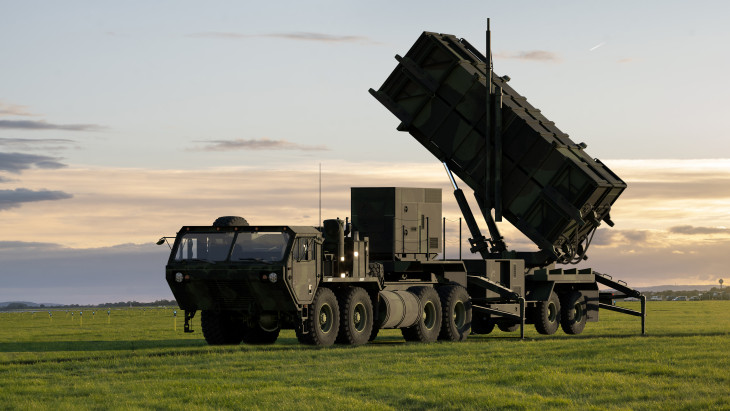The FIA is adjusting the technical parameters of its Formula 1 cars during the season after several riders, including seven-time world champion Lewis Hamilton, complained of severe headaches and backaches due to excessive “rebound” of the FIA race cars before the season. Canadian Grand Prix this weekend.
The FIA has released new technical guidelines ahead of the ninth race of this week’s Canadian Grand Prix, the Formula One World Championship, the essence of which is to put racing cars under stricter technical controls than the upcoming British Grand Prix. The goal is to reduce or eliminate excessive vertical movement (in common parlance) and thus protect the health of the pilots, according to a statement by the FIA Thursday night.
The Sports Board also decided to put an end to the acceptable period of jumping from a health point of view.
The report said the sports formula for this scale is still being developed, and the FIA expects F1 teams to contribute.
The FIA is taking steps to reduce porpoise hunting for safetyhttps://t.co/XTs7zC4oKx
– FIA (fia) June 16, 2022
The British Mercedes driver Lewis Hamilton From the start of the season, he complained that no matter how much the engineers changed the car’s setup, this phenomenon did not stop, and even worsened the situation in Monaco and Baku. After the Azerbaijan Grand Prix last weekend, the seven-time world champion only managed to get out of the pilot’s seat with great difficulty and complained of severe back pain.
“I bit the edge of the figure with my teeth in pain. The adrenaline helped (endurance), but I can’t tell you how much pain I felt, especially in the long run. In the last rounds, I only prayed for it to be over.”
Hamilton told Britain’s Sky Sports after the race.
Riders from Aston Martin, McLaren, Alpine and Williams also complained of headaches and backaches after the race.
The main reason for the jump of racing cars is that by 2022 (again after 40 years), the Federation allowed the use of wind tunnels built into the chassis of Formula 1 engineers. The unpleasant phenomenon caused by turbulent air emitted from cars running at high speeds was already known to engineers in Formula 1 tests in Barcelona and Bahrain in February. When braking at high speeds, usually at the end of straight lines, the racing car makes an unusually violent vertical movement, that is, “bounces”.
Not only does this adversely affect road stability and the drivability of the race car, but it also poses an indirect health hazard to the riders.
The Canadian Formula 1 Grand Prix will be broadcast live by M4 Sport, and here’s the weekend’s programme:
Friday:
19:55 – First free practice
22:55 – Second Free Practice
Saturday:
21:45 – Trial time
Sunday:
7:30 PM – Canadian Grand Prix (70 laps = 305.270 km)










































